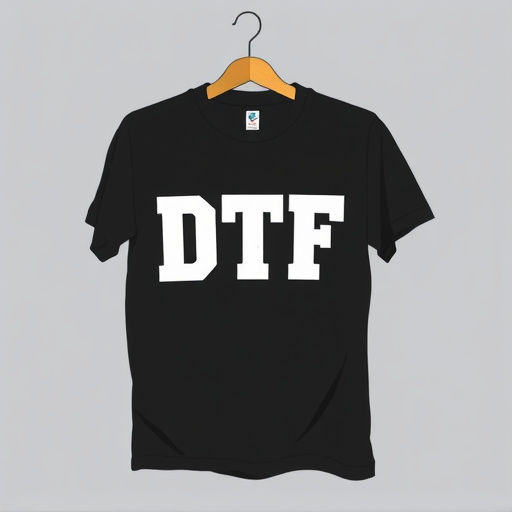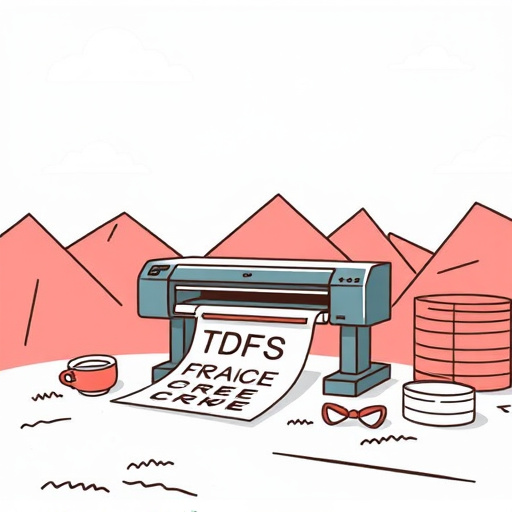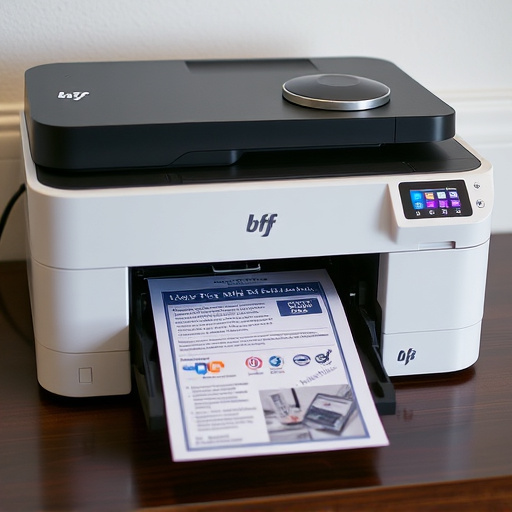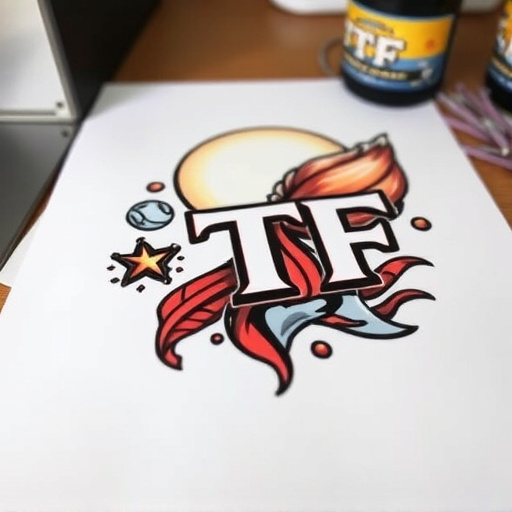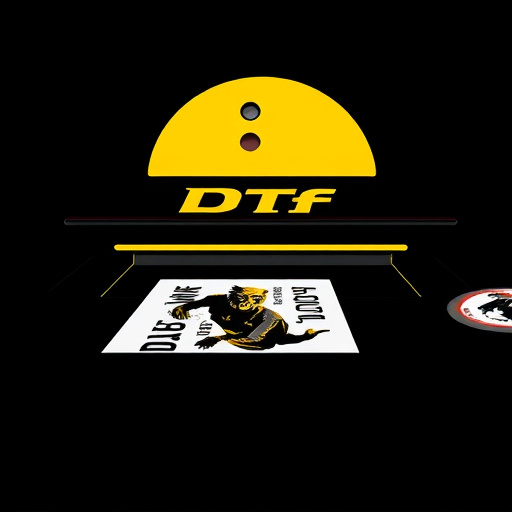DTF (Direct-to-Film) RIP software is a specialized tool designed for textile industry professionals, optimizing digital design transfer onto printing substrates. Its key features include accurate color reproduction, precise cutting, and efficient print management for large-format printers. Setting up involves downloading, installing, and configuring the software with your printer model, color calibration, media types, and print settings. Best practices ensure optimal performance, including meeting hardware/software requirements, using compatible printers, regular calibration, and logical job organization for bulk orders.
Unleash the power of precise, high-quality printing with DTF RIP software. This essential tool acts as a bridge between design and production, optimizing your print output. This article guides you through mastering DTF RIP software setup and usage, from understanding its core functions to implementing best practices for exceptional results. Whether you’re a professional printer or an enthusiast, learn the secrets to achieving consistent, stunning prints with this powerful software.
- Understanding DTF RIP Software and Its Purpose
- Step-by-Step Guide to Setting Up DTF RIP Software
- Best Practices for Using DTF RIP Software Effectively
Understanding DTF RIP Software and Its Purpose

Understanding DTF RIP Software and Its Purpose
DTF (Direct-to-Film) RIP software is a specialized tool designed to optimize the transfer of digital designs onto various printing substrates, particularly in the textile industry. Its primary purpose is to ensure accurate color reproduction, precise cutting, and efficient management of print jobs for large-format printers. This software serves as a bridge between the designer’s workspace and the printing press, streamlining the process from design to production.
The software facilitates the dtf transfer by size, ensuring that each element of the design is accurately positioned and scaled for the specific print media. Moreover, it prepares transfers ready to press, automating tasks like trimming, scoring, and marking to simplify the printing process. By integrating advanced curing processes, DTF RIP software optimizes the adhesion and durability of printed designs, making them suitable for various applications, from apparel to signage.
Step-by-Step Guide to Setting Up DTF RIP Software
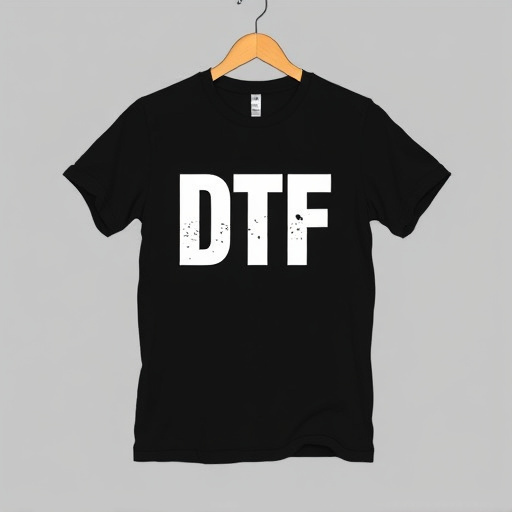
Setting up DTF RIP (Direct-To-Film) software is a straightforward process when followed step by step. Begin by downloading and installing the latest version of the software, ensuring compatibility with your system and hardware. After installation, launch the application and navigate to the ‘Setup’ or ‘Configuration’ menu. Here, you’ll be guided through several steps:
1. Select Your Printer: Choose the DTF printer model you intend to use from the available options in the software. This step ensures the software is optimized for your specific hardware, enabling optimal performance.
2. Calibrate Colors: For precise and accurate DTF color matching, calibrate your printer’s colors. The software will typically provide a color calibration tool that allows you to adjust settings for vibrant and durable prints.
3. Set Up Media Types: Define the types of materials (media) you’ll be using, such as vinyl or fabric. This step is crucial for achieving the best results with various durable prints. The software will then offer specific settings tailored to each material type.
4. Configure Print Settings: Adjust print settings like resolution, speed, and ink usage according to your requirements. For time-sensitive projects, you might prioritize faster printing while maintaining acceptable quality.
Best Practices for Using DTF RIP Software Effectively
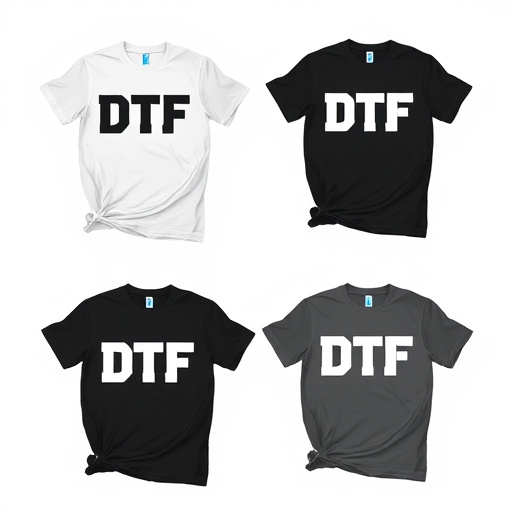
To leverage DTF RIP Software to its fullest potential, adhering to best practices is paramount. Firstly, ensure your hardware and software configurations meet the minimum requirements for optimal performance. This includes using compatible printers, maintaining up-to-date firmware, and selecting the appropriate drivers. Regularly calibrating your prints guarantees consistent dtf print quality, ensuring each order meets clients’ expectations.
Additionally, setting precise heat press settings tailored to your material type and design complexity is crucial for successful DTF printing. For instance, different garments require distinct heat application times and temperatures. Efficient management of bulk orders is another key aspect; organize jobs logically, prioritize based on turnaround time, and consider batch processing to streamline operations without compromising dtf heat press settings or print quality.
DTF RIP Software is a powerful tool that can significantly streamline your digital printing processes. By correctly setting up and efficiently using this software, you can ensure precise color accuracy, faster production times, and high-quality output. Following the step-by-step guide and best practices outlined in this article will help you make the most of DTF RIP Software, enabling you to achieve professional results in your printing endeavors.



